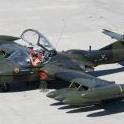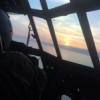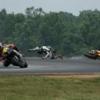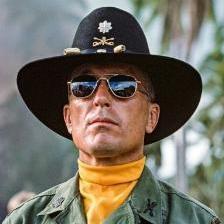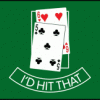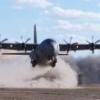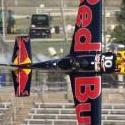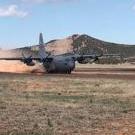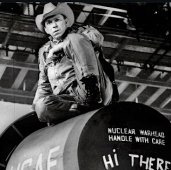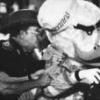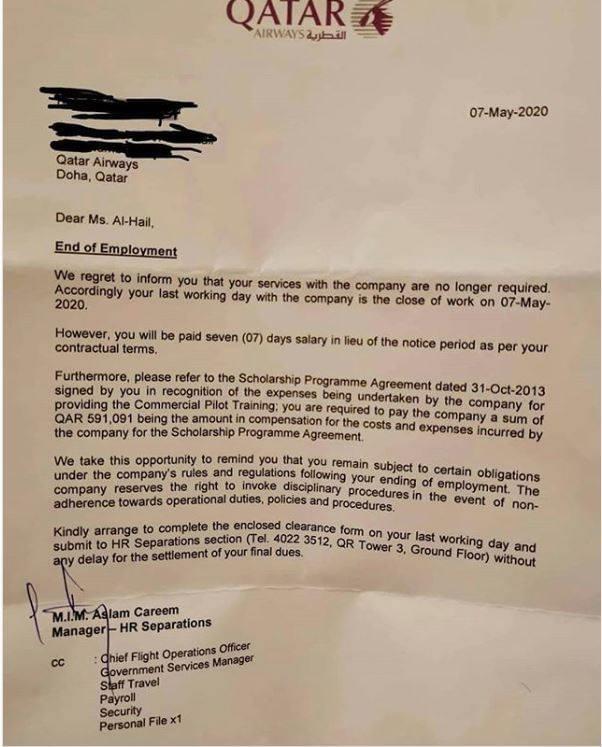It warms the cockles of my heart to read that many of you know how to decline SIDS/STARS. I'm proud of your written and verbal communication skills with Air Traffic Control. Well done. In the future, how about just saying "I'll take a descent to below FL180 and Cancel IFR" ? Works every time and no one give two shits about what you filed. VFR really isn't scary. Try it some time.
However, I didn’t start this thread to discuss that nonsense.
I started this thread because I was very interested to continue the discussion about the value of wing landings after a very tragic incident.
To Hawg15, MotoFalcon, YoungNDumb, Brabus, et al…
I get your point. You don’t do wing landings in the CAF, and you see it as “increased risk with no benefit”.
However, from a “risk management” view… and from a “training viewpoint”… I don’t support nor agree with you. You’re not wrong. I just don’t agree with your "risk threshold".
A few thoughts:
I just googled “T-38 Road to Wings”. It was the first time I’ve perused that in quite some time. I don’t see jack-shit about wing landing mishaps in there. And in all of my years of being around the T-38, I don’t recall any Class A mishaps on wing landings. Road to Wings seems to validate that.
There sure are a lot of mishaps on low-levels, single-ship landings, etc…
Do we still do those?
Now we have the FIRST Class A fatal on a wing landing, and overnight it becomes a prohibited maneuver after 60 years?
Does having a fatal outcome on a maneuver disqualify that maneuver as a good/important/valuable item to be accomplished by a military aviator in training?
To my way of thinking, it is not whether formation landings are “practical”, though I believe they are. But it is also about learning a skillset of precision… control… discipline… precision… and some mastery… of something I would expect a top-notch military aviator to be able to show some competence in.
Much of what is done in UPT is done to instill confidence and aggressiveness.
“Aggressiveness”… is that bad word now?
Should we stop flying wingwork with 3G’s and 90 degrees of bank? It appears that isn’t a “CAF maneuver”… but as mentioned elsewhere, the skillset is valuable. How interesting. “Training for a skillset”. What a concept.
Yes, we need to mitigate risk. Got it. However, the nature of the beast is that we cannot eliminate it. Flying can be dangerous. And we will never stop having mishaps.
I’ve done dozens… and probably hundreds… of formation landings in the T-38. I was PIT IP when we did formation touch & go’s. I was there when “leadership” got rid of formation T&G’s because they felt it was too risky. I recall pilots telling me how formation T&G’s were a dumb idea… and yet they had never briefed, flown, or debriefed one.
Getting winged as an AF pilot should be challenging. And it should prepare you to fly not just within the “heart of the envelope”, but also toward the edges. And when those items are flown toward the edge, we put an IP in the jet to mitigate the risk. Those newly winged pilots will use those lessons and skills when they go off to their F-35 and B-21.
If wing landings are honestly “too dangerous”, then knock it off. But are they really that dangerous?
Pretty much, I’ve taken 600 words to say what Hacker said in 60.
But I ask you: what else would you cut out of the UPT syllabus because “the CAF doesn’t do that?”.
Reap what you sow.


